Reducing the negative impact of natural disasters through business action
| National reserve goods must be used efficiently | |
| Proposal to exempt import and export tax for five groups of commodities to overcome consequences of natural disasters |
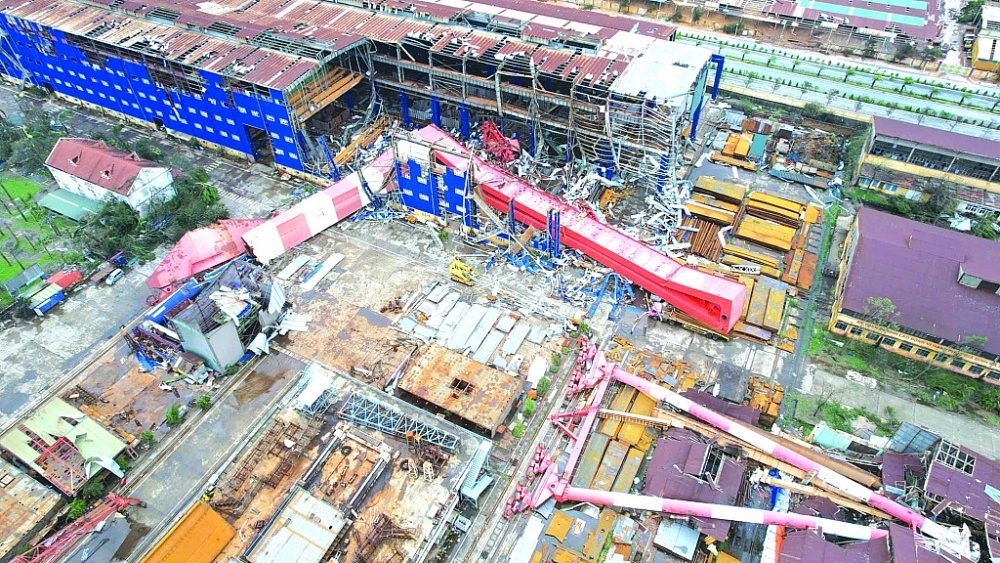 |
| A 300-ton crane was toppled by Typhoon Yagi, destroying the workshop of Ha Long Shipbuilding Company. Photo: thanhnien.vn |
Natural disasters "sweeping away" billions from businesses
In Quang Ninh, after the storm passed, countless properties, factories, and equipment were left in ruins. Ngo Thi Thuy, an aquaculture farmer in Tan An Commune, Quang Yen Town, Quang Ninh Province, shared that her family invested in 60 fish farming cages, each holding about 500 fish in Cam Pha, and 45 cages in Ben Giang. The typhoon swept away assets worth VND12 billion, leaving behind only a few young fish. Similarly, Vu Van Cuong's business suffered nearly VND14 billion in losses from his three fish rafts, with neighboring families losing up to VND20-30 billion.
For businesses, Typhoon No. 3 and subsequent flooding damaged many factories and materials. For example, 60 fuel stations of the Vietnam National Petroleum Group (Petrolimex) in Quang Ninh and Hai Phong suffered from blown-off canopies, broken price boards, and shattered glass windows. Equipment, warehouses, and some cranes at Hai Phong port were derailed and structurally deformed by the strong winds. Many warehouses and offices sustained heavy damage.
On the business side, Typhoon No. 3 and the post-storm circulation caused floods that damaged many factories and materials. For example, 60 gas stations of the Vietnam National Petroleum Group (Petrolimex) in Quang Ninh and Hai Phong provinces suffered damage, such as blown-off canopy edges, fallen price boards, and broken windows. Equipment, warehouses, and several cranes at Hai Phong Port were derailed and had structural deformations due to the strong winds. Many warehouses and offices also suffered severe damage.
At a government conference on September 15th to urgently address the aftermath of Typhoon No. 3, it was reported that infrastructure, including power, telecommunications, urban areas, and industrial zones, had suffered severe damage. The agricultural sector also faced heavy losses, with more than 190,000 hectares of rice, 48,000 hectares of crops, and 31,000 hectares of fruit trees flooded. Over 3,000 aquaculture cages were damaged or swept away, and more than 21,000 livestock and 2.6 million poultry died. The total estimated damage in Quang Ninh alone was VND23.77 trillion, accounting for more than half of the VND40 trillion total damage in the northern provinces affected by the typhoon and its aftermath.
These figures underscore how natural disasters can significantly disrupt business operations.
At the Vietnam Corporate Sustainability Forum (VCSF) 2024, with the theme “Net Zero 2050: Building trust - Creating transformation,” Pham Tan Cong, Chairman of the Vietnam Chamber of Commerce and Industry (VCCI), emphasized that Typhoon No. 3 was yet another example of the Earth's warming. Climate change is increasingly causing extreme weather phenomena that seriously impact human activity. In this context, sustainable development is not just a goal but a strategic necessity for all businesses today.
Proactive efforts from businesses
Many nations, including Vietnam, have set targets to reduce greenhouse gas emissions and achieve Net Zero by 2050. This requires a comprehensive transformation in awareness, action, and mindset, from government agencies to the business community.
Regarding State mechanisms and policies, Le Viet Anh, Director of the Department of Science, Education, Natural Resources, and Environment (Ministry of Planning and Investment), stated that the government would continue reviewing and refining the legal framework to facilitate green and circular economic development. This includes promoting pilot mechanisms and policies, shifting the approach to policy planning, management, and oversight to create a favorable legal environment for businesses to pursue responsible business practices. Additionally, the development of “green credit,” “green banks,” and increasing the proportion of credit invested in renewable energy, clean energy, and low-carbon industries will be prioritized.
However, to be truly effective, businesses need to enhance their awareness of sustainable development. Binu Jacob, General Director of Nestlé Vietnam, emphasized that businesses should view sustainable development as a value-creating driver, not a burden. When done correctly, sustainable development will increase long-term profitability for businesses.
Binu Jacob also noted that more consumers were opting for green lifestyles and products based on sustainable development. Globally, 97% of consumers want a sustainable green lifestyle, and 80% choose products based on sustainability criteria. However, only 17% of consumers are currently able to make these choices, and in Vietnam, this figure is just 2%, though 29% of consumers are ready to embrace sustainability. This figure is expected to rise to 50% in the near future.
Agreeing with this perspective, Nguyen Tra My, CEO of PAN Group, shared that her company had increased the value of exported agricultural products like rice and cashews instead of exporting raw materials. However, the journey towards sustainability has been challenging, especially with different production scales and revenue gaps among member companies. Therefore, My emphasized the importance of leadership commitment and internal communication to instill sustainable development principles throughout the workforce.
Furthermore, for many businesses, environmental responsibility is central to their business strategies, leading them to reduce carbon emissions and minimize waste through various initiatives. As such, businesses are encouraged to improve governance, build a sustainable corporate culture and supply chain, and promote sustainable growth.
Related News

National reserve goods must be used efficiently
16:02 | 22/11/2020 Finance

Reserving tens of billions of goods to supply people in flooded areas
10:27 | 23/10/2020 Headlines
Latest News

Embracing green exports: a pathway to enter global supply chains
10:33 | 20/02/2025 Import-Export
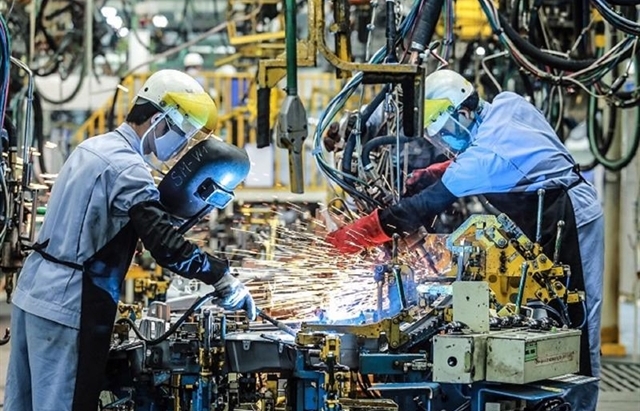
New policy proposed to prevent transfer pricing, tax evasion of FDI enterprises
10:32 | 20/02/2025 Import-Export
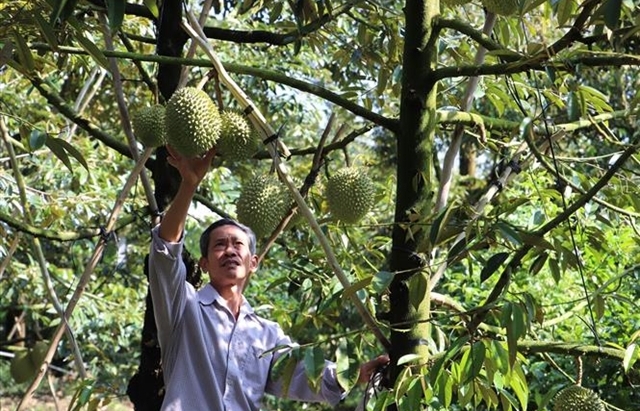
Việt Nam’s durian exports to China plummet by 80%
16:18 | 19/02/2025 Import-Export
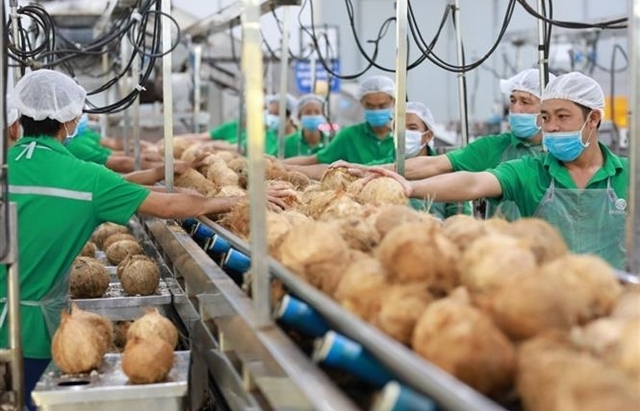
Coconut exports reach 14-year high
15:29 | 18/02/2025 Import-Export
More News

Shrimp exports grow in the first month of 2025
15:28 | 18/02/2025 Import-Export
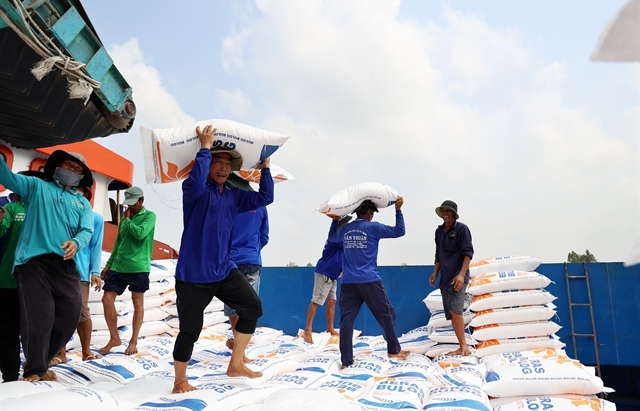
Rice export prices drop, but decline expected to be short-term
08:10 | 17/02/2025 Import-Export
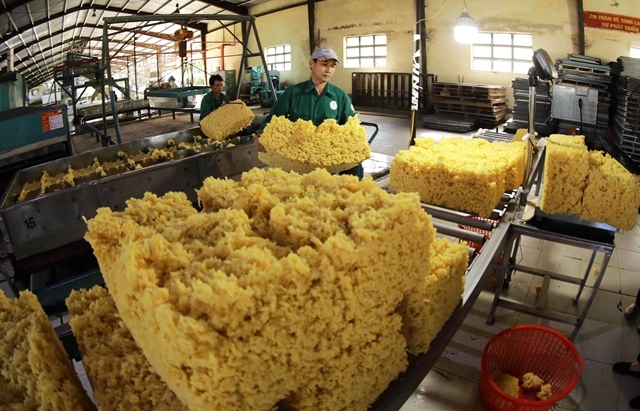
Key agro products expected to maintain export growth this year
08:08 | 17/02/2025 Import-Export
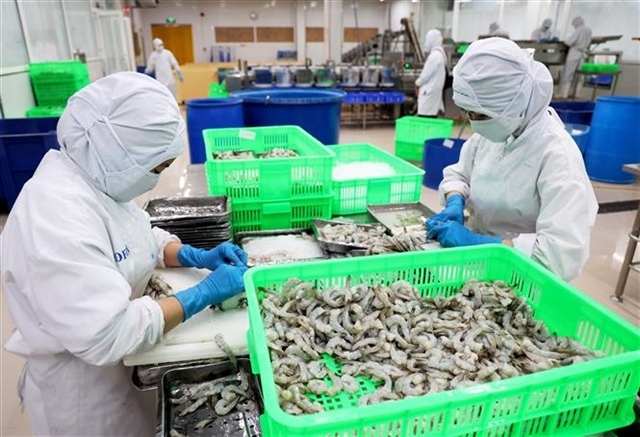
EU issues 12 warnings against Việt Nam’s food and agricultural exports
08:07 | 17/02/2025 Import-Export
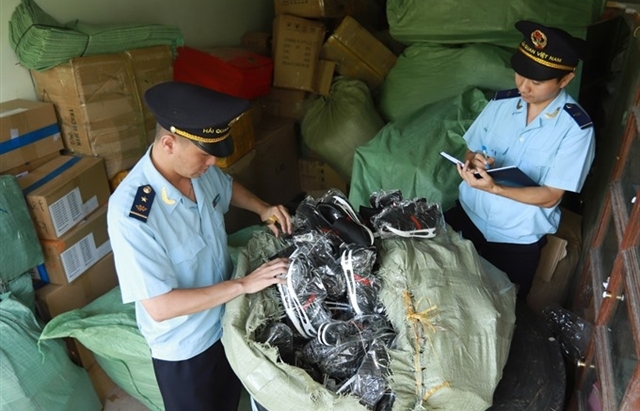
Việt Nam to impose VAT on low-value express-imported goods
08:06 | 17/02/2025 Import-Export

Exchange rate risks need attention in near future
16:31 | 15/02/2025 Import-Export
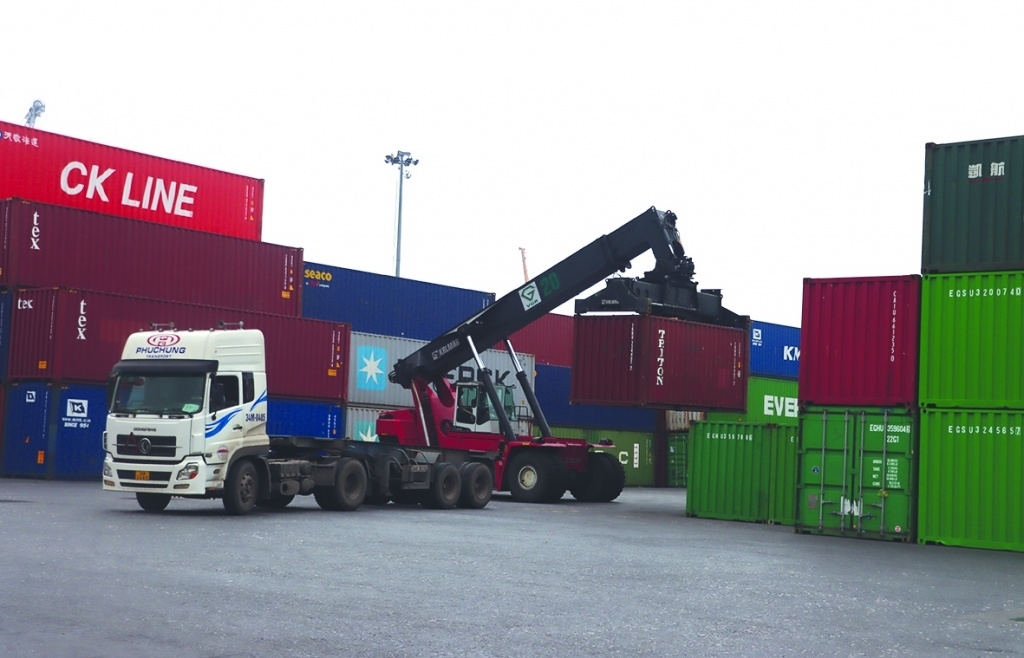
Vietnam kicked off the year with a strong start in trade, exceeding US$63 billion in the first month
16:30 | 15/02/2025 Import-Export

Import and export turnover reaches about US$29 billion in the second half of January 2025
14:52 | 14/02/2025 Import-Export

Market edges up slightly as liquidity remains low
14:48 | 14/02/2025 Import-Export
Your care
The system has not recorded your reading habits.
Please Login/Register so that the system can provide articles according to your reading needs.

Embracing green exports: a pathway to enter global supply chains
10:33 | 20/02/2025 Import-Export

New policy proposed to prevent transfer pricing, tax evasion of FDI enterprises
10:32 | 20/02/2025 Import-Export

Việt Nam’s durian exports to China plummet by 80%
16:18 | 19/02/2025 Import-Export

Coconut exports reach 14-year high
15:29 | 18/02/2025 Import-Export
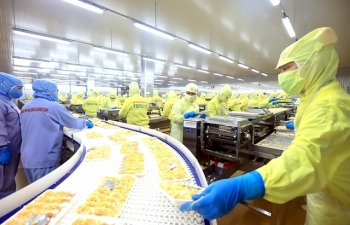
Shrimp exports grow in the first month of 2025
15:28 | 18/02/2025 Import-Export
